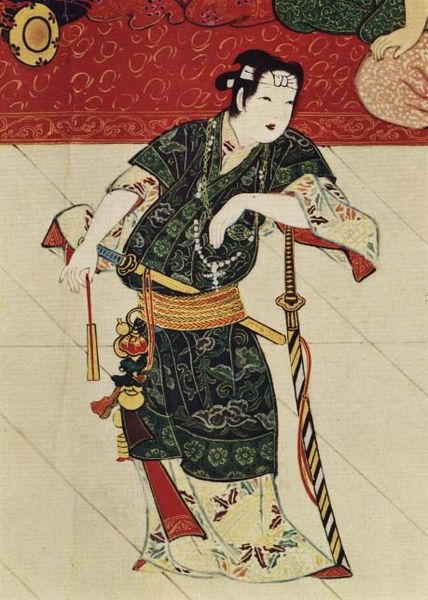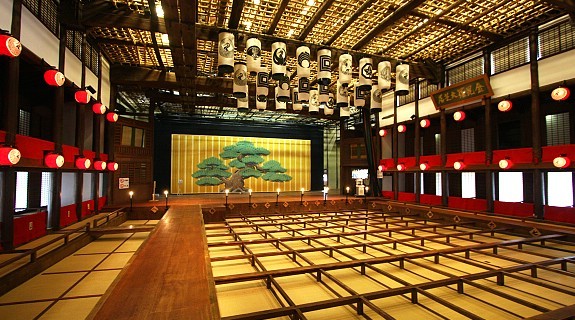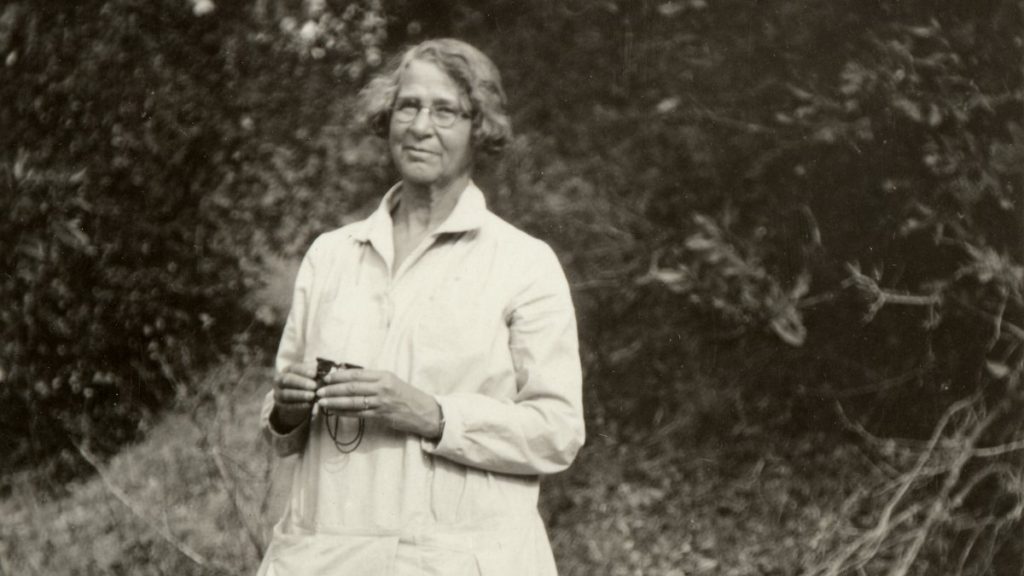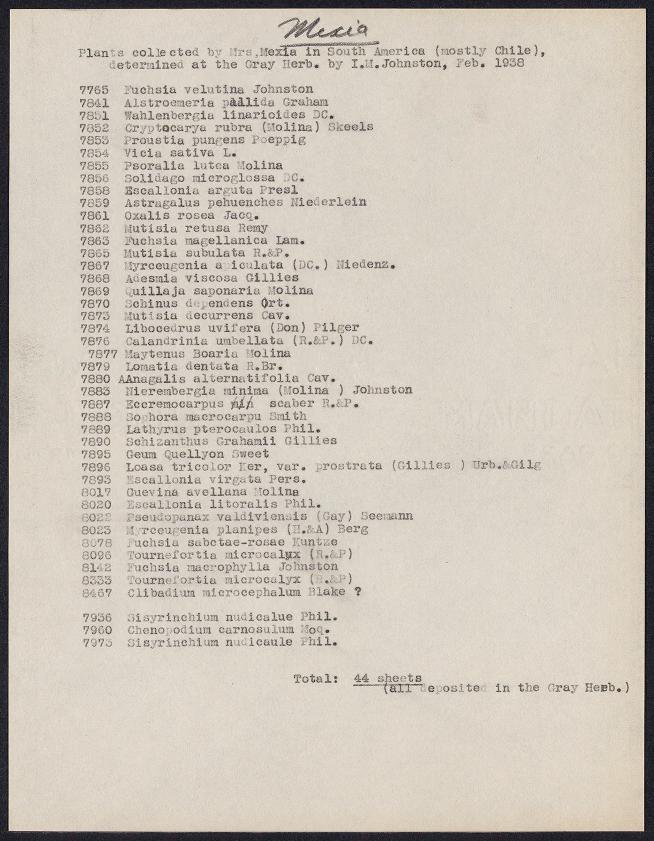Podcast: Play in new window | Download
Subscribe: Apple Podcasts | Email | TuneIn | RSS
This episode Megan and Milena cover the founder of Kabuki, dancer and actress Izumo no Okuni & Mexican-American botanist and explorer Ynes Mexia.
Izumo no Okuni

One day in the early 1600’s (we’re talking 1602, 1603) an out-of-town shrine maiden in Kyoto made her way to a dry river bed, went over the choreography in her head one last time, then started performing.
The dance that Izumo no Okuni gave that day ended up rewriting Japanese theatre history in the process.
The show Okuni gave became Kabuki. This episode we cover what little is known about this crossdressing woman, who favored employing sex workers in her dance troupe. While today’s Kabuki is a male dominated art, we cover how Okuni and her feminism crafted Japan’s most popular form of theater.


(Photo by Education Images/UIG via Getty Images)

- Kabuki – Traditional Japanese theater drama, combining dancing and singing into the story
- Izumo Grand Shrine – This shrine is one of the most important ones in Japan – here, in the late 1500’s Okuni was most likely working as a miko, or shrine maiden, where she’d perform the kagura dance
- Warring States Period – Also known as the Sengoku Period, it spanned from 1467 to 1598, where feudal lords were trying to out kill one another. Unsurprisingly, it’s a very violent and politically unstable time
- Edo – Modern day Tokyo, founded as the capital after the Sengoku period
- Edo Period – Period from 1603 to 1868 of relative political, economic and cultural stability, under which Kabuki flourished
- Bunraku – Amazing puppet theater that developed alongside Kabuki
- Noh – Theater that developed in the 1300’s, a very traditional and formal form of art that Okuni was acting in opposition to
- The Great Learning for Women (Onna Daigaku) by Kaibara Ekken – Suuuper sexist text that cemented societal expectations of women during the Edo Period, ideals that Okuni worked against
Ynes Enriquetta Julietta Mexia

We’re exploring Latin American Botanist Ynes Mexia today! She had a whole life before her journey as a scientist, including two marriages. But she found her true love in natural sciences.

Our lady started exploring at the age of 51. Mexia spanned a total of 3 continents and SEVERAL dangerous biomes (including the amazon) to study all sorts of plants.

Mexia never fully earned a degree after going to college on and off for 16 years, but she ended up researching and discovering an upwards of 145,000 plant species. At least 50 of them were named after her! Below is a list of a few plants she researched, as well as one of the flowers named after her, Mimosa mexiae.


As always, music by EeL
